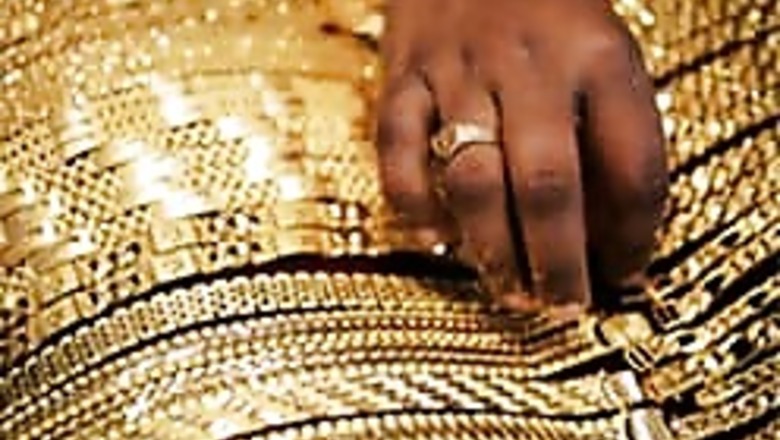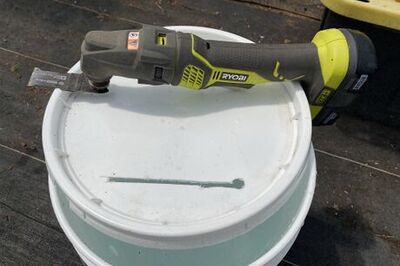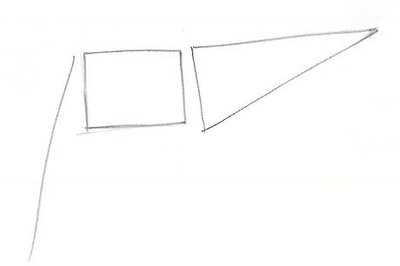
views
Chicago: Using DNA, the blueprint of life, US researchers said they have made a three-dimensional structure from particles of gold in a development that could lead to a host of custom-designed materials.
The technique helps solve a basic problem in nanoscience: getting impossibly small particles to assemble themselves according to a predetermined design.
"We're using inspiration from life to create new forms of matter," said Chad Mirkin, director of Northwestern University's International Institute for Nanotechnology in Evanston, Illinois. "It's a real example of man over nature."
The idea takes advantage of the molecular biology of DNA, in which one strand of DNA forms a bond with a complementary strand to make what is called a base pair.
Mirkin and colleagues simply design the specific genetic code using the four building blocks of DNA - adenine, guanine, cytosine and thymine or A, G, C and T - and attach the gold particles to those strands.
"Think of it as taking a set of particles, modifying them with short strands of DNA and making those particles like chemically specific Velcro," Mirkin said in a telephone interview.
"I can add complementary strands of DNA that bind with one another in preconceived and highly designed ways."
The researchers used double-stranded DNA in each particle, with one of the strands significantly longer than the other.
When they place these designer particles in water, the single-stranded portion of the DNA seeks out and binds to partner strands to form the double-helix structure in a process known as hybridization.
"It's the ultimate in this idea of self-organization. You sprinkle in a bit of complementary DNA and the DNA does the work," said Mirkin, whose research appears in the journal Nature.
"The particles are bouncing off one another until they find others to make the golden handshake," he said.
"By using the right kinds of codes, I can use those particles to assemble into different forms of matter."
The end result is a three-dimensional structure or crystal, in this case formed with gold particles.
"These are nano nuggets of gold, 13 billionths of a meter in diameter. That is simply the core inorganic material we used," he said. His team made two different crystal structures by changing the genetic sequence.
In a related paper in Nature, researchers at the U.S. Department of Energy's Brookhaven National Laboratory report using these same complementary properties of DNA to make a crystalline structure using gold nanoparticles.
Borrowing from techniques used for making traditional crystals, the team then heated the DNA-linked particles and cooled them, allowing the particles to form more stable arrangements.
"This work is the first step to demonstrate that it is possible to obtain ordered structures. But it opens so many avenues for researchers, and this is why it is so exciting," Oleg Gang, a researcher at Brookhaven's Center for Functional Nanomaterials, said in a statement.
Both teams said the process could be used with other materials, offering applications in drugs, diagnostics, optics and electronics.
Mirkin said the research brings scientists a step closer to the dream of breaking everything down into fundamental particles and reassembling them into "designer" structures.
















Comments
0 comment